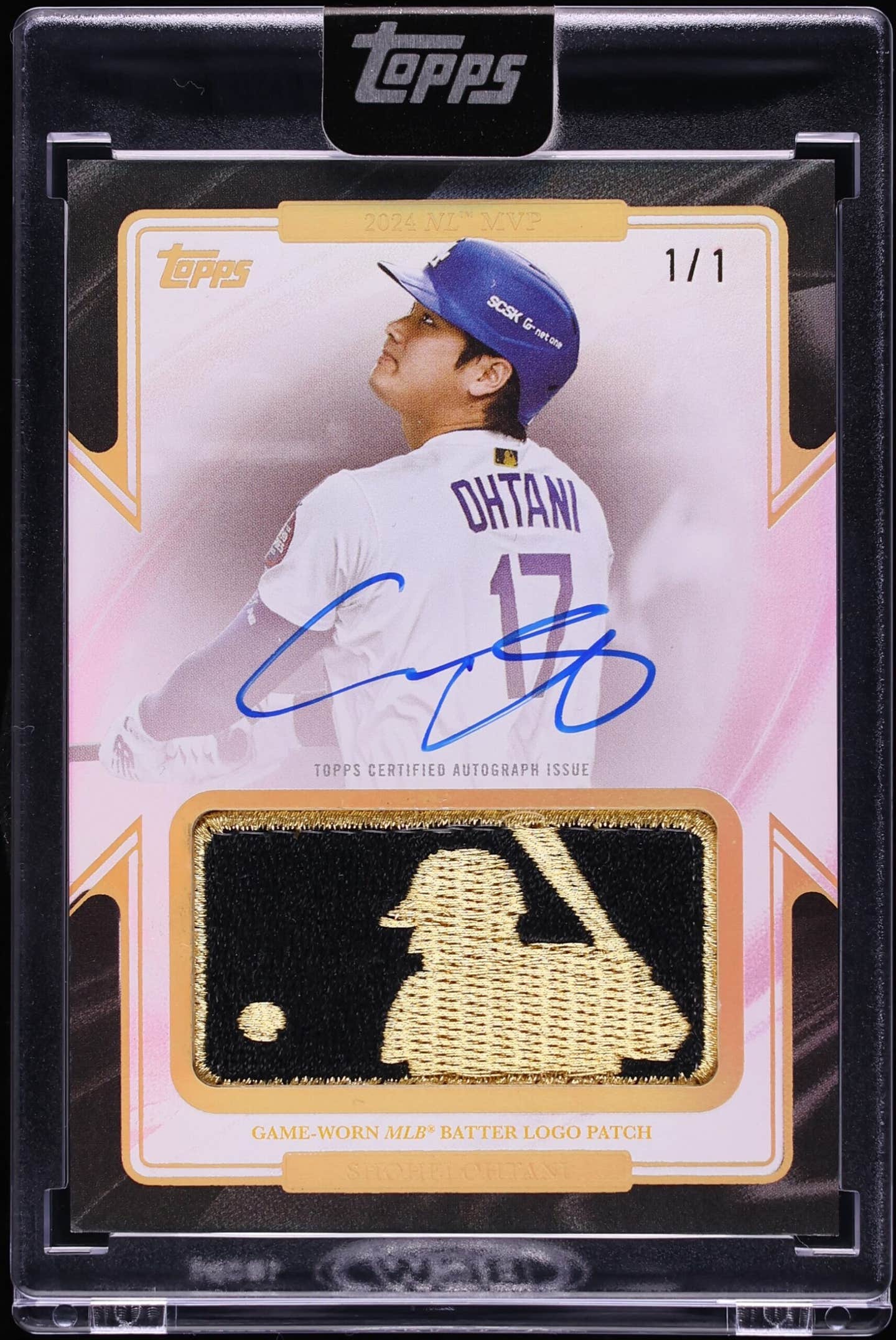News
A look back at the 1970s regional Shakey’s Pizza baseball card sets
By Doug Koztoski
Pizza Hut, Domino’s, Little Caesars, Papa John’s: those names have been around the top of the pizza franchise world for years. A few decades ago, however, one of the bigger names in this space was Shakey’s.
Started in California in 1954 by Sherwood “Shakey” Johnson and Ed Plummer, their spin on the pizza business often included old-style jazz music playing in the background while short films of Laurel & Hardy and The Three Stooges flickered on the wall; it would eventually grow to about 500 locations across the U.S. These days, Shakey’s still has a solid West Coast presence, other locations are scattered across the country, but the franchise is more a dash of tasty toppings than a bigger slice of the game compared to its heyday.
In the mid 1970s, some Seattle-area Shakey’s produced three regional baseball sets in conjunction with the Washington State Sports Collectors Association. And like day-old pizza, taking another look at these sets is worth revisiting.
The cards were mainly given out at the annual WSSCA convention and at a handful of Seattle-based Shakey’s. The initial try, 1975’s “West Coast Greats,” featured 18 players whom were from or primarily played on the Pacific Coast.
With a basic design, the 1975 cards feature a black and white player photo on the fronts with the Shakey’s logo. Joe DiMaggio, Ted Williams and Duke Snider lead the set.
In near-mint shape the 1975 set books for $30, commons for $4.
Expanding the menu
The difference between the 1975 and 1976 Shakey’s sets was like one person going from consuming a personal pan cheese pizza to an extra large one with everything on it.
The 1976 Shakey’s collection contains 160 blue-bordered cards, when you include variations and two dollar off coupon cards, divided into four series: Hall of Fame, Greatest Players, Immortals, and All-Time Greats. Each series is skip-numbered.
The first two series have Earl Averill cards, designated with an “A,” not a number, and those are pizza coupons, WSSCA convention giveaways. Those coupon cards are fairly hard to find. A regular Averill card also appears in Series 1. Averill likely earned this coveted coupon spot because, at the time of its issue, as the card back states, “Earl, a native and resident of Snohomish, Washington, is a member of Baseball’s Hall of Fame.” A local boy made good!
Collecting the ’76 set for a decade, Andrew Sharp said two of the issue’s main draws for him are “the Hall of Famers are featured in order of their induction (year) and a few of these are the best if not the only cards of Negro League Hall of Famers.”
Of the Negro League player representatives in the issue, the second series stands out, by far, as it includes Roy Campanella, Judy Johnson, Oscar Charleston and perhaps “The Big Three” of that league: “Cool Papa” Bell, Josh Gibson and “Satchel” Paige.
Anthony Colletti, another fan of the issue, also had some pluses to mention.
“Any set that can deliver you almost a complete set of Hall of Fame players through the early 1970s is a great set to own,” he said. “And the fact that they are priced relatively low, gives them even more of an appeal to collectors.”
“The set had educational and historical value,” noted Sharp. “It’s definitely a curiosity.”
Among his favorite cards in the set are the Washington Senator cards, since he lived in the D.C. area in the 1970s.
“I like the cards of Walter Johnson, Goose Goslin, Sam Rice and Heinie Manush,” he said.
Colletti added, “I think you have to go with Babe Ruth for this set.”
Colletti said the high degree of baseball legends in the set also allows him “to share baseball history with my five-year-old son, Carl.”
The Standard Catalog of Baseball Cards lists the entire ’76 issue at $100 in top shape; Mantle leads the set at $16; DiMaggio, Ruth and Clemente are $10-$12.50 apiece; “commons” are $2.
Is it me or is the only thing really missing from this set, that also provides the occasional executive or umpire, is a coupon card featuring the part-owner and president of the New York Yankees during MLB’s key dynasty, the late 1940s through 1964 when the Yankees played in the World Series most years from 1947 to 1964. Yes, this set needs a card of Dan Topping. A coupon card, for an extra topping. How did they miss that one? Probably just me.
“To go” order
The 1977 Shakey’s issue, “All-Time Superstars,” was the run’s finale. It has 28 red-bordered cards if you include three lettered slots, one with a Johnny Mize dollar off coupon. A couple of other WSSCA show cards are also part of the “Master” checklist.
The 1977 offering is mostly the early 20th century’s elite players through the 1940s as we see Ruth, Gehrig and Cobb lead the early charge and “Shoeless” Joe Jackson, Ted Williams, Joe DiMaggio and Stan Musial round out most of the issue.
At $25 to $35, depending on whether the “extra” cards are included, the 1977 set is a fun and powerful oddball collection to wrap-up this trio. Ruth and Jackson list for $10 each; a few others just below that; “commons” go for $2.
Some for the road
Using eBay listings and the PSA Set Registry as basic indicators, the popularity of Shakey’s issues in general is more light aftershock than anything earth moving.
What is the future popularity of the 1970s Shakey’s sets, overall? Colletti sees an increase, especially once some vintage classic cards, like 1933 Goudey’s of Ruth and Gehrig, price out collectors even more.
Sharp, meanwhile, gave one of the funnier answers I have ever received to that “future” question.
“I doubt there are enough of these cards around for it (and I’m talking the ’76 set, because that’s all I collect), to become very popular,” he said. “Heck, I just hope to be around in ten years.”
Count on Sharp being around then, collecting sports items, and maybe even eating some Shakey’s pizza to celebrate, the pie probably delivered by drone or robot. If “Shakey” Johnson was still with us and in the pizza business he might embrace high-tech delivery vehicles and, if so, he would have named some of his after old comedy film stars, ones that once flickered on the walls of the restaurant that bears his name.
Doug Koztoski has been a contributor to Sports Collectors Digest for several years. He welcomes comments related to this article at dkoz3000@gmail.com.








